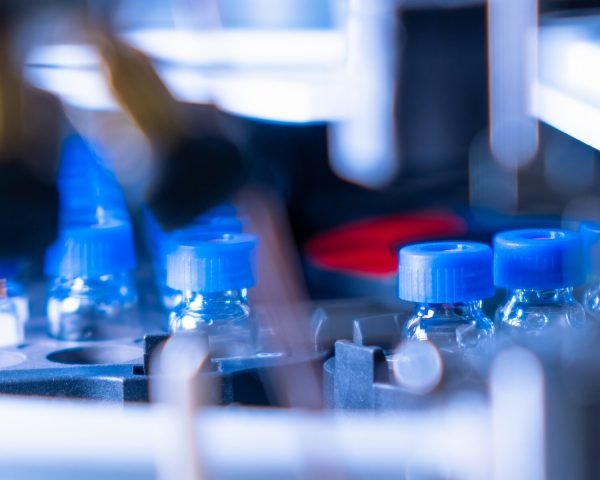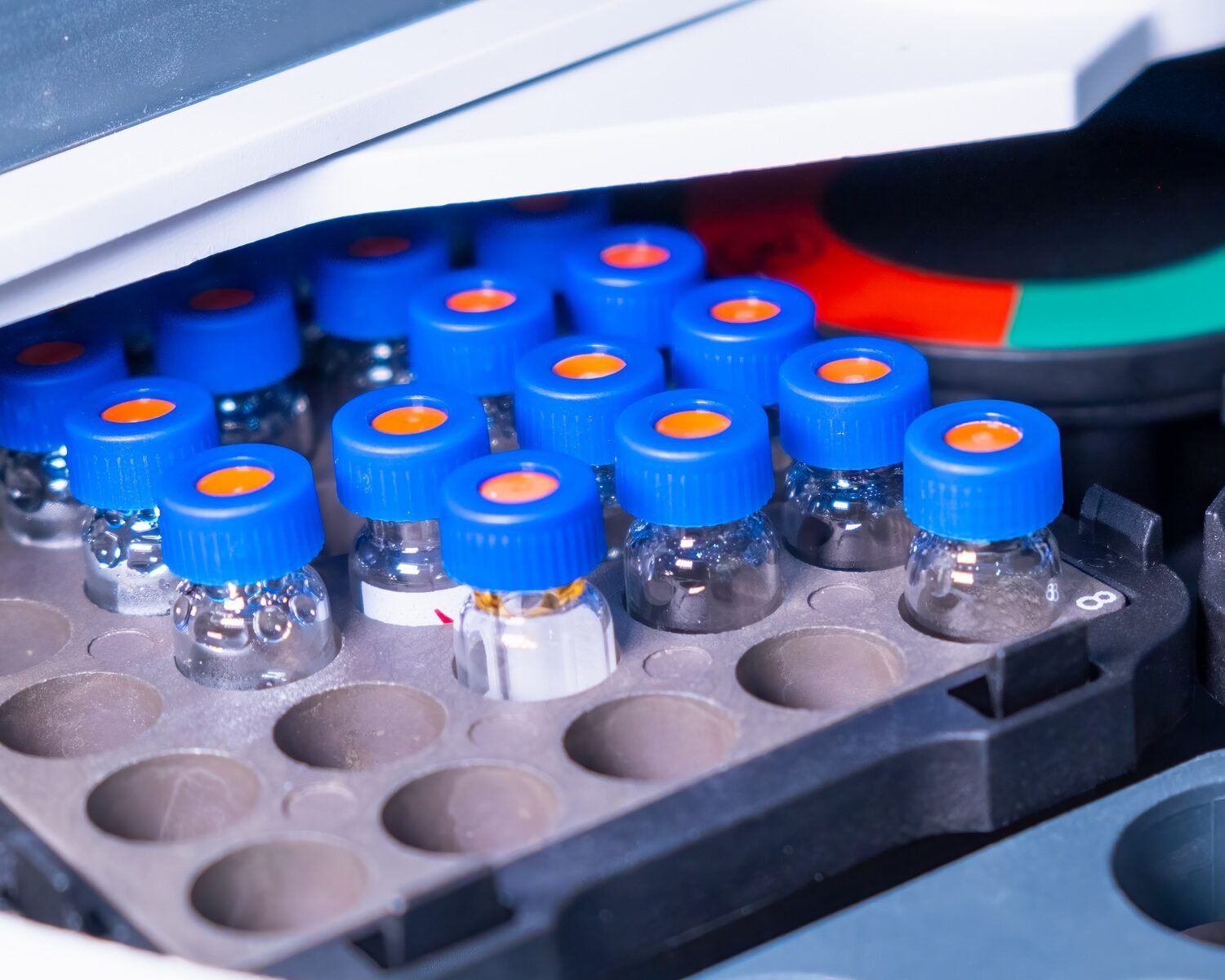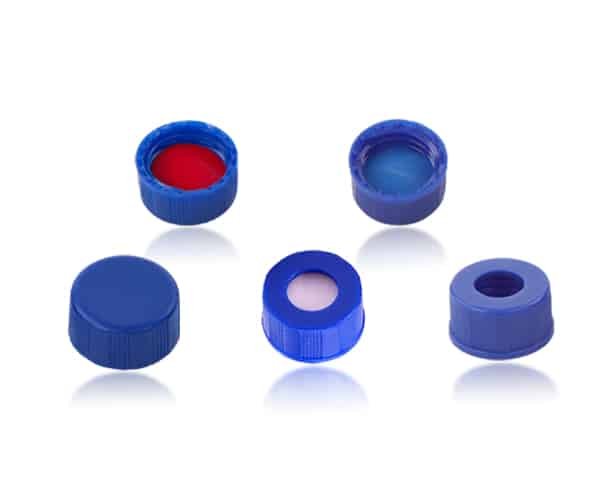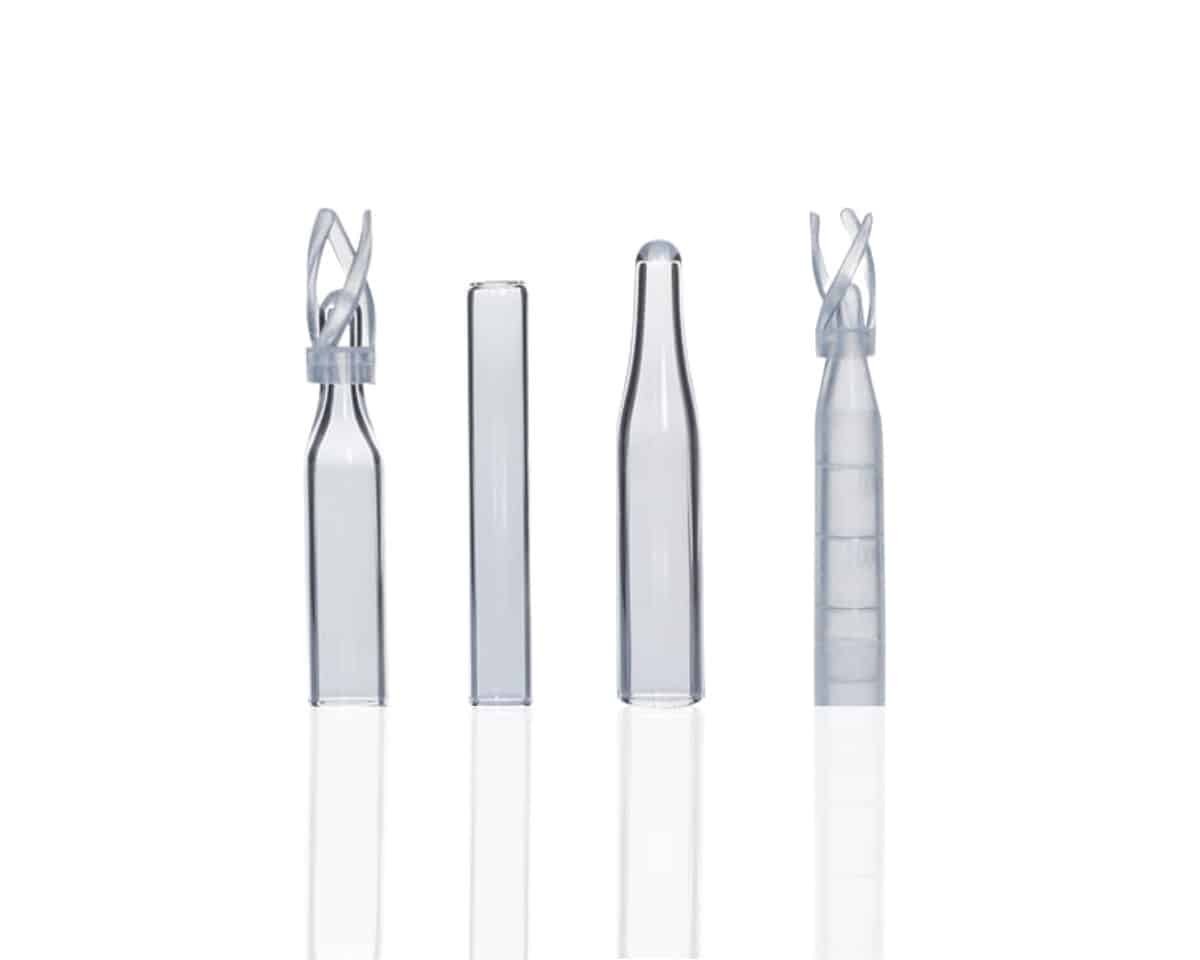Introduction
In High-Performance Liquid Chromatography (HPLC), the integrity of your samples is paramount for reliable and reproducible results. Leaking and contamination in vials can introduce unwanted variables, leading to inaccurate data, loss of valuable samples, and wasted time. Even the smallest leakage can result in volatile samples evaporating or external contaminants entering the vial. Proper handling, correct vial choice, and vigilant inspection are essential in preventing these issues.
In this article, we will explore common causes of vial leakage and contamination, as well as provide best practices to keep your samples safe and secure throughout your analysis process.
Understanding Why Vials Leak and How Contamination Occurs
Vials are critical containers for HPLC analysis, but they are vulnerable to leakage and contamination, which can severely impact your results. Let’s break down the main causes of these problems:
- Poor Seals
One of the most common reasons for vial leakage is a compromised seal. If the seal isn’t securely fitted, it may not form a proper barrier against external contaminants. This can occur when the vial cap is not tightened sufficiently, or when the septa (rubber lining) or liner material is degraded. Air leakage or sample loss can occur due to these poorly sealed vials, especially under varying pressure or temperature conditions during the HPLC run. - Mishandling of Vials
Vials can also leak due to mishandling. For example, if vials are dropped, or caps are incorrectly aligned or not properly tightened, liquid samples might spill or evaporate. Mishandling during transport between the lab and storage or inconsistent sealing practices are common issues. - Incompatible Materials
Some vials may leak or become contaminated due to chemical incompatibilities between the sample and the vial material. For instance, plastic vials might dissolve or degrade when in contact with aggressive solvents, leading to leakage and contamination. The wrong choice of seal material can also react with solvents or samples, causing contamination. - Environmental Factors
Temperature fluctuations, humidity, and light exposure can also contribute to vial degradation or seal failure. Extreme conditions may lead to expansion or contraction of vial components, affecting their ability to maintain an airtight seal.
Have you experienced any leakage issues in your lab? What do you think might be the biggest cause of contamination in your experience?
Choosing the Right Vial Caps and Seals for Leak Prevention
To ensure your samples stay safe and contamination-free, choosing the right vial caps and seals is a crucial step. Here are some considerations when selecting vials and their corresponding closures:
- Vial Cap Materials
The material of the vial cap is critical for preventing leaks. Aluminum crimp caps with PTFE-lined septa are highly recommended for providing an airtight seal, especially when dealing with volatile or pressure-sensitive samples. The PTFE (polytetrafluoroethylene) lining acts as a barrier against leakage, while the aluminum crimp ensures a secure fit. - Septa and Liner Materials
The septa (rubber portion of the seal) is just as important as the cap itself. Silicone septa are a popular choice because they are resistant to degradation and compatible with a wide range of chemicals. For more aggressive solvents, butyl rubber septa or those with a PTFE lining are also excellent options. When selecting septa, always ensure that the material is compatible with the sample and solvents you’re working with. - Crimp vs. Screw Caps
Crimp caps generally provide a tighter, more secure seal than screw caps. However, screw caps are convenient and can be easier to work with, particularly in labs where quick vial handling is important. For critical samples, crimp caps are usually preferred due to their better seal integrity. - Seal Compatibility with Sample Type
For volatile samples, make sure the vial seals are specifically designed to maintain a vacuum or low-pressure environment. For aqueous samples, select caps and seals that are resistant to moisture and don’t absorb water or degrade in humid environments.
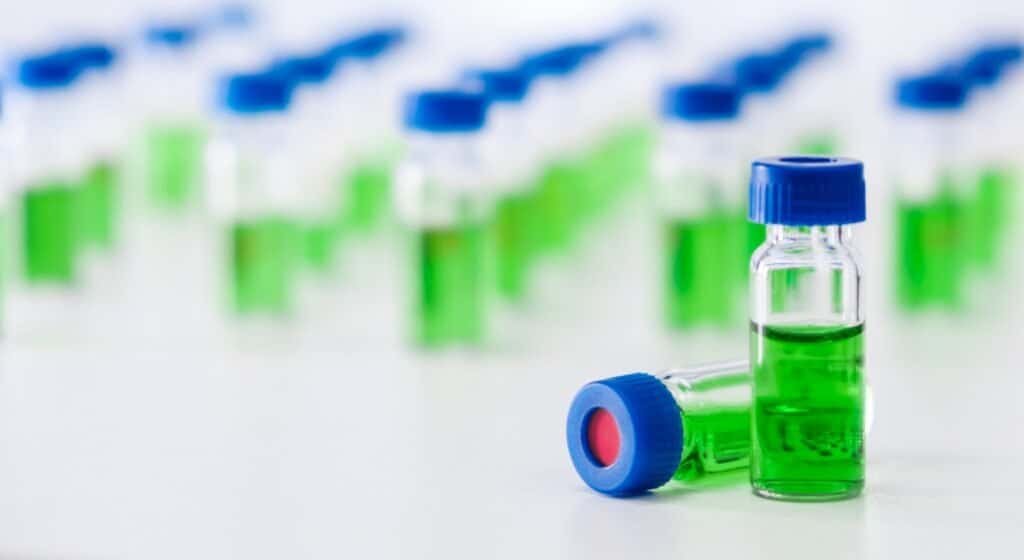
What types of vial caps and seals do you typically use in your lab? Have you had to experiment with different options to find the best fit?
How to Handle Vials to Prevent Contamination
Proper handling of HPLC vials is essential for ensuring sample purity and avoiding contamination. Here are some key steps to minimize the risk:
- Use Clean Hands or Gloves
When handling vials, always wear clean gloves to avoid transferring oils, dirt, or other contaminants. Even small traces of fingerprints or oils can affect the quality of the sample, especially when using sensitive compounds. - Avoid Direct Contact with the Vial Opening
Never allow the inner surface of the vial neck or cap to come into direct contact with your hands, instruments, or any non-sterile surfaces. This helps avoid contamination from external sources. - Proper Capping Techniques
When sealing vials, be sure to tighten caps gently but securely. Over-tightening can distort the cap or vial, while under-tightening can lead to leaks. If using crimp seals, use crimping tools to achieve an even and firm seal. - Use Vial Inserts if Necessary
If you’re working with small sample volumes, consider using vial inserts. These help concentrate the sample and make it easier to handle and inject. They also help prevent contamination by creating a smaller surface area for the sample to come into contact with. - Clean Vials Between Uses
For reusable vials, ensure they are thoroughly cleaned before reuse. Residual contaminants from previous samples can compromise your current sample. Ultrasonic cleaning and the use of appropriate cleaning solvents will help maintain the integrity of the vial.
Do you have any special techniques or tools that help you minimize contamination when handling vials?
Regular Maintenance and Inspection for Leaks
Regular maintenance and inspection routines are key to catching potential issues before they affect your results. Here’s how to stay on top of vial conditions:
- Inspect Vials for Damage
Always inspect vials before and after each use. Look for signs of cracks, chips, or any irregularities in the vial or cap. Even the smallest damage can compromise the integrity of the vial and lead to leakage or contamination. - Check Caps and Seals
Periodically check the condition of your vial caps and septa. If you notice signs of degradation, such as cracking, brittleness, or discoloration, it’s time to replace the seals. Old seals may not maintain an airtight fit and can lead to leaks or sample loss. - Perform Leak Tests
If you suspect that a vial is leaking, you can perform a simple pressure or vacuum test. This involves sealing the vial and applying pressure or vacuum to check for any loss. Alternatively, you can submerge the sealed vial in water and look for air bubbles, which will indicate a leak. - Record and Track Vial Usage
Maintain a logbook for vial usage, noting the condition of each vial and when it was last inspected or replaced. This helps you track potential failure points and ensures vials are used within their lifespan.
Have you implemented regular inspection routines in your lab? How often do you check your vials for potential issues?

How to Correctly Store and Label Vials to Avoid Cross-Contamination
Correct storage and labeling practices can prevent contamination and ensure efficient tracking of samples. Follow these guidelines for best practices:
- Store Vials in a Controlled Environment
Always store vials in a cool, dry place to avoid temperature fluctuations and humidity that could affect the seal. If working with volatile samples, consider using refrigerated storage or sealed containers to maintain sample integrity. - Use Vial Racks or Boxes
Vials should be stored in organized racks or boxes to prevent accidental tipping or contamination. Keeping vials upright ensures that the caps remain sealed and that sample integrity is maintained. - Proper Labeling
Label each vial clearly with essential information, including sample identification, date of collection, and any special handling instructions. Consider using barcode labels or QR codes for better tracking and reducing human error. - Avoid Storing Vials Too Long
Prolonged storage can lead to sample degradation or contamination. Follow sample-specific storage guidelines for both short-term and long-term storage to avoid compromising the sample’s quality.
How do you handle vial storage and labeling in your lab? Do you use specific storage solutions or methods to prevent cross-contamination?
Conclusion
Preventing leaks and contamination in HPLC vials is an essential part of ensuring accurate and reliable analysis. By choosing the right vial caps, handling vials with care, and implementing proper inspection and storage practices, you can minimize risks and keep your samples safe throughout the process. Regular maintenance, vigilance, and adhering to best practices will help ensure contamination-free and consistent results for your HPLC analysis.
Mastelf, with over 13 years of experience in chromatography vials since established in 2011, we can help you find the exact vials you need for your applications.

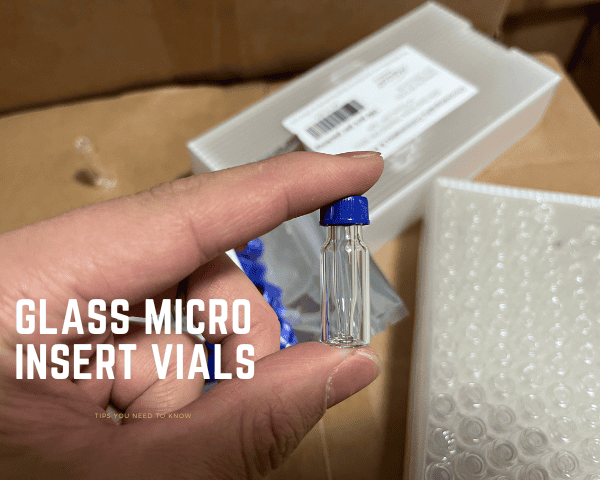
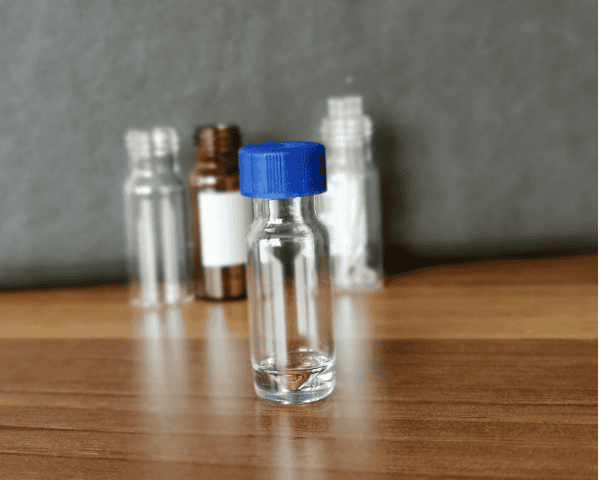
Our expertise ensures that you get reliable and precise products tailored to your specific requirements. Whether you’re in pharmaceuticals, research, or any other industry relying on HPLC, we understand your needs and are here to support you in making the right purchase.
Reach out to Mastelf, and let us assist you in procuring the perfect vials for your work.
FAQ
- What is the best material for HPLC vial caps?
Aluminum crimp caps with PTFE septa are widely regarded as the best for secure seals and contamination prevention. - How can I tell if my vial is leaking?
Look for visible signs of damage like cracks, or perform a pressure/vacuum test or water immersion test to check for leaks. - Can I reuse HPLC vials?
Yes, but only after proper cleaning. Ensure that there is no damage or contamination that could affect future results. - What’s the best way to handle vials to avoid contamination?
Use clean gloves, avoid touching the vial openings, and seal them properly. Clean vials thoroughly between uses. - How should I store vials to avoid contamination?
Store vials upright in controlled environments, and use labeled racks or boxes to keep them organized and protected.

